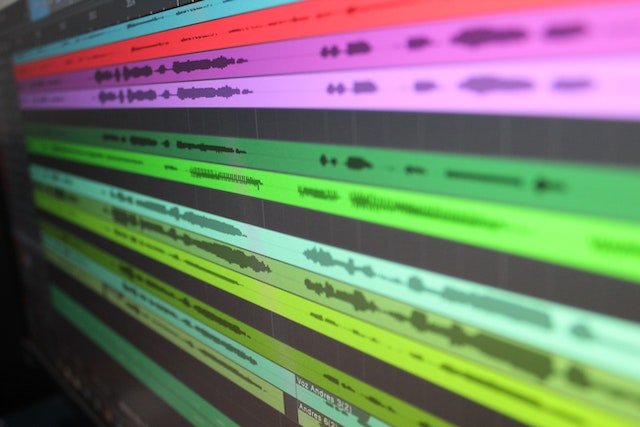Sound design is a critical component of cinema that can significantly impact the viewer's experience. It is the art of creating and manipulating sound elements to enhance the storytelling and emotional impact of a film. Sound design involves the creation and implementation of various sound effects, dialogue, and music to achieve a cohesive and immersive sound experience.
The role of sound design in cinema has evolved since the advent of sound in films. Previously, films relied solely on music and dialogue to convey their message. However, the use of sound effects to enhance the cinematic experience has become increasingly prevalent over the years. Sound designers use a variety of techniques and tools to create sounds that are both realistic and effective in achieving the desired emotional response from the audience.
Creating a Sound Design Plan
Before beginning work on the sound design, it's essential to have a clear plan in place. The sound design plan outlines the various sound elements needed in the film and the roles they will play. It involves a collaboration between the sound designer, the director, and the producer to ensure that the sound complements the overall vision of the film.
The plan typically begins with a review of the script and a breakdown of the scenes that require sound effects. The sound designer then creates a sound storyboard that outlines the key sound elements in each scene. This storyboard serves as a roadmap for the sound design process.
Sound Design Techniques
There are several techniques that sound designers use to create effective sound design in cinema. Here are some of the most common techniques:
Foley Artistry: Foley is the art of creating sound effects in a studio that match the on-screen action. For example, the sound of footsteps or the rustling of clothing can be created using Foley techniques. Foley artists use a variety of props and tools to create these sounds, such as shoes on different surfaces or crumpling paper to simulate cloth.
Ambience: Ambience refers to the background sounds that occur in a scene. These sounds can include environmental sounds, such as the sounds of a city or a forest. Ambience can also include subtle sounds that add depth to a scene, such as the sound of distant traffic or birds chirping.
Music: Music is a critical component of sound design in cinema. It can convey emotion, set the tone, and help guide the viewer's emotional response to a scene. The sound designer works closely with the composer to ensure that the music complements the visuals and enhances the overall experience.
Dialogue: Dialogue is one of the most critical elements of sound design. It must be clear and easily understandable while also conveying the appropriate emotion and tone for the scene. The sound designer works closely with the dialogue editor to ensure that the dialogue is clean and easy to understand.
Sound Mixing: Sound mixing is the process of combining all the sound elements to create the final sound mix. The sound mixer must balance the various sound elements to ensure that they work together to create a cohesive and immersive experience. The sound mixer also adds effects and EQ to enhance the sound quality and create a sense of space.
Conclusion
Sound design is an essential component of cinema that can significantly impact the viewer's experience. It involves the creation and implementation of various sound elements to enhance the storytelling and emotional impact of a film. Sound designers use a variety of techniques and tools to create sounds that are both realistic and effective in achieving the desired emotional response from the audience. A well-planned and executed sound design can make a film truly unforgettable.

